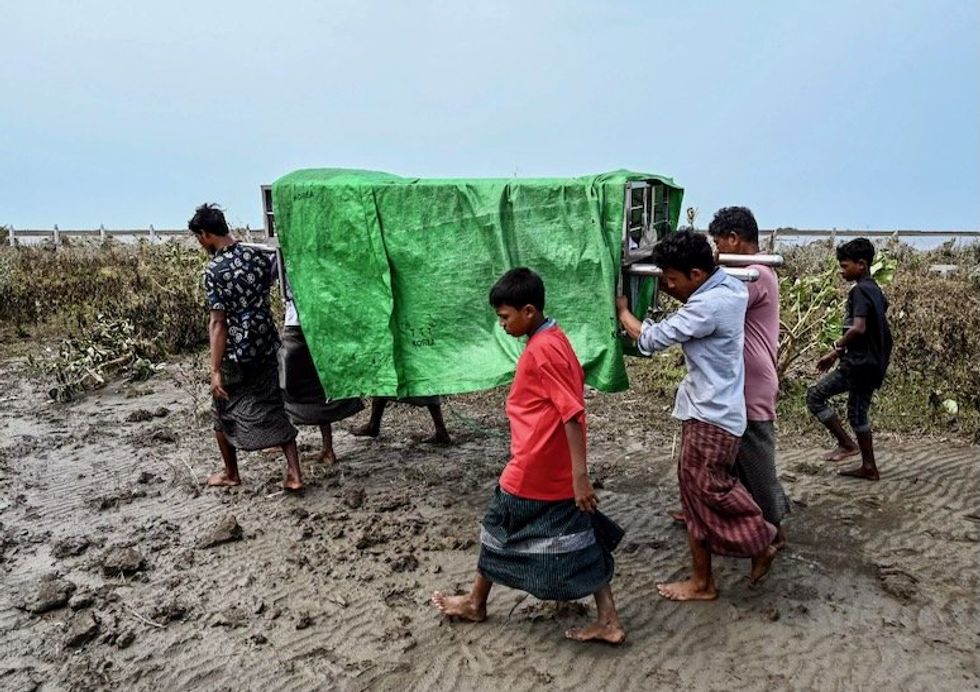The Tragic Aftermath of Cyclone Mocha in Myanmar
Devastation Strikes Myanmar and Bangladesh
The death toll from Cyclone Mocha has reached 145 in Myanmar, its junta said Friday, with most of the dead from the persecuted Rohingya minority. Mocha brought lashing rain and winds of 195 kilometers per hour (120 miles per hour) to Myanmar and neighboring Bangladesh on Sunday, collapsing buildings and turning streets into rivers. The storm churned up villages, uprooted trees, and knocked out communications across much of Myanmar’s Rakhine State.
Humanitarian Crisis Unfolding
The United Nations said Friday that at least 800,000 people are in urgent need of humanitarian assistance due to the devastation caused by Cyclone Mocha. The storm has left many homeless and vulnerable, with limited access to food, clean water, and medical supplies. Rohingya refugees, who are already living in dire conditions in overcrowded camps, are facing even greater challenges in the aftermath of the cyclone.
Impact on Individuals
Individuals living in the affected areas are experiencing immense loss and suffering as they try to recover from the destruction caused by Cyclone Mocha. Many have lost their homes, livelihoods, and loved ones, and are in desperate need of support to rebuild their lives.
Global Ramifications
The impact of Cyclone Mocha extends beyond Myanmar and Bangladesh, highlighting the urgent need for international cooperation and assistance in responding to natural disasters. Climate change is exacerbating the frequency and intensity of cyclones and other extreme weather events, leading to greater humanitarian crises around the world.
Conclusion
As the death toll continues to rise and the extent of the devastation becomes clearer, it is crucial for the international community to step up and provide the necessary support to those affected by Cyclone Mocha. The tragedy serves as a stark reminder of the urgent need for climate action and disaster preparedness to mitigate the impact of future storms on vulnerable communities.





